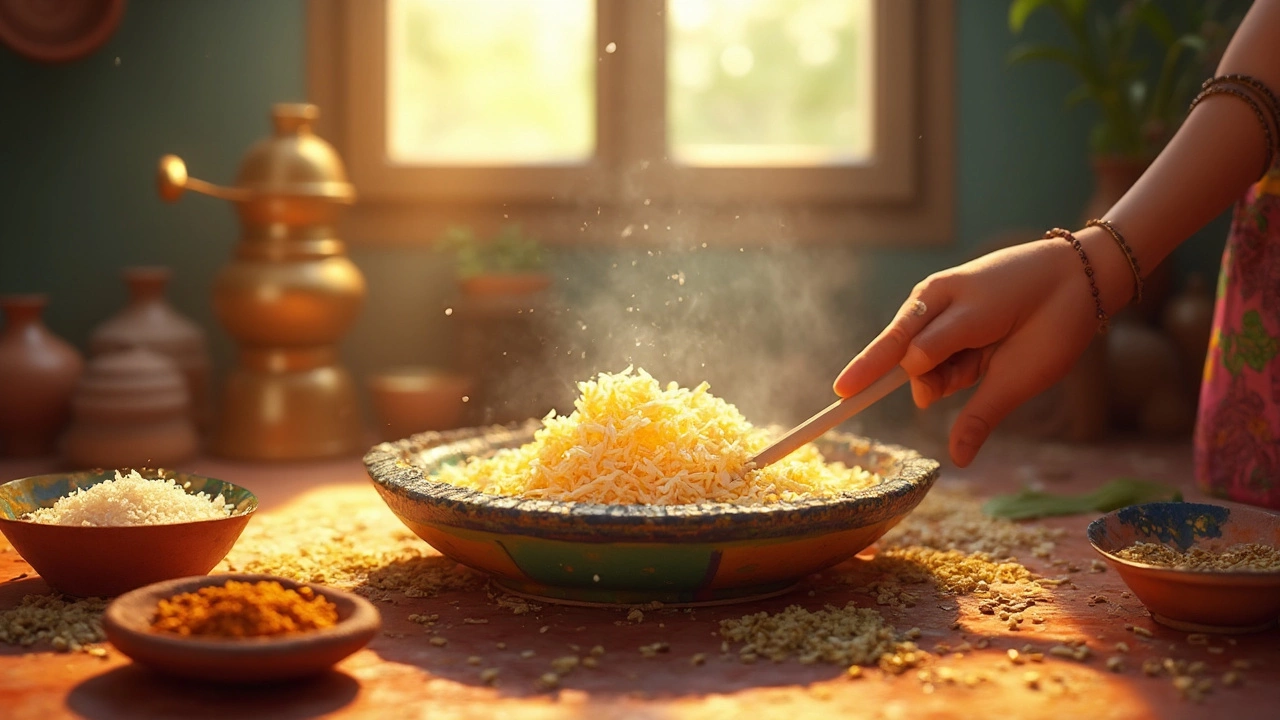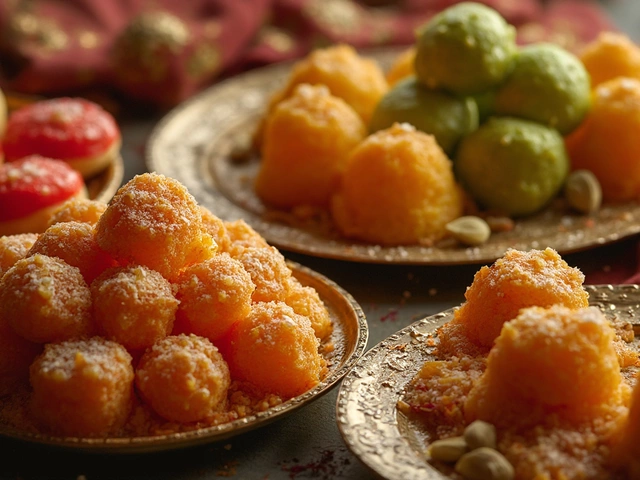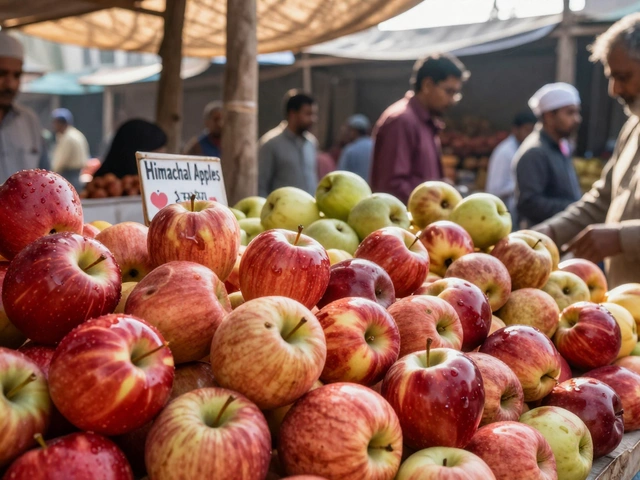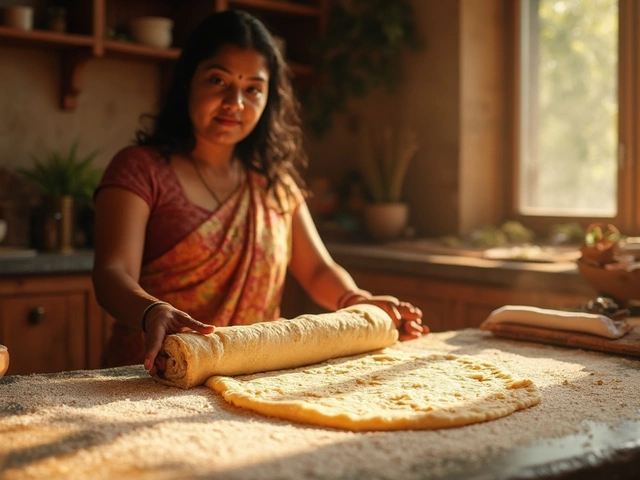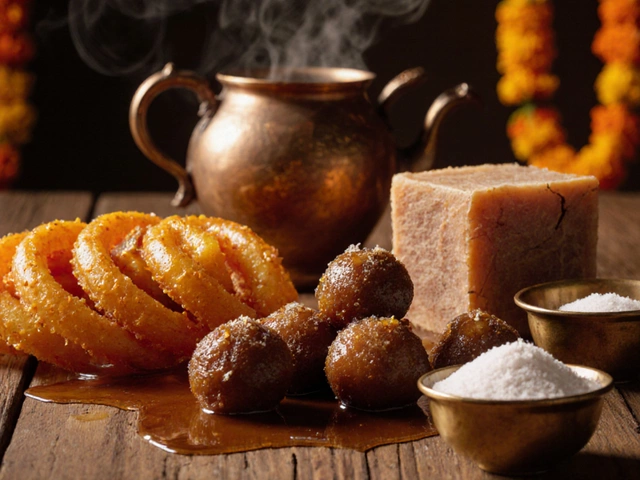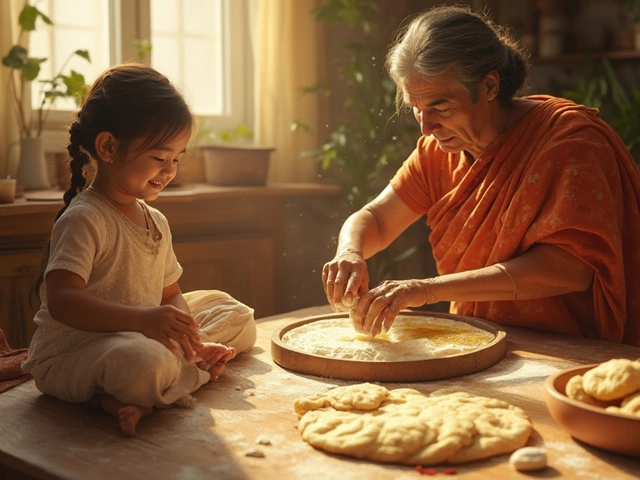There's nothing quite like biting into a perfectly fluffy dosa, right? But if your dosa batter just isn't living up to its potential, it might be time to revisit a few basics. Let’s first get our heads around the building blocks of a good batter. Fresh ingredients make a big difference! Rice and urad dal form the heart of your dosa mix. Depending on their quality and ratio, the outcome can be as varied as night and day.
Now, let’s talk fermentation, the magical process that gives dosa its characteristic rise. Fermenting the batter right is crucial. We're talking about leaving it in a warm spot, letting natural bacteria do their thing. Think of your batter as a living thing; it thrives under certain conditions!
If your batter's been giving you grief with unwanted density, the issue might also be tied to sneaky little mistakes in prep. Adding too much water? Not enough? Grinding too fine or too coarse? These small hitches can derail your dosa dreams.
Don't worry, we’ll get through this together! In the sections ahead, I’ll walk you through what could be going wrong and how to fix it, sharing some personal tips along the way. No more floppy dosas, I promise!
- Understanding Dosa Batter Basics
- The Role of Ingredients
- Fermentation: The Secret to Fluffiness
- Common Mistakes in Dosa Batter Preparation
- Practical Tips for Perfect Dosa Batter
Understanding Dosa Batter Basics
Nailing the dosa batter basics can feel like trying to solve a puzzle, but it’s actually more straightforward than it seems. At its core, a classic dosa batter is made from two simple main ingredients: rice and urad dal. The trick is in the right proportions. Typically, you’ll want about 3 parts of rice to 1 part of urad dal.
The kind of rice you use matters more than you might think. Parboiled rice is often a go-to, but you can also use raw rice if that’s what you have at hand. The urad dal, on the other hand, is best when it’s whole and fresh. Fresh ingredients not only improve the taste but also help in achieving the right fermentation.
Now, soaking these ingredients is another vital step. Ideally, you should let them soak separately for at least 6 hours. This softens them up nicely, which is crucial for that smooth grind you'll do next.
Once soaked, it's grind time. A smooth but slightly grainy texture is what you’re aiming for—not too runny, not too thick. You can add a little water while grinding to get the mix just right.
Here’s a simple guideline to follow:
- Soak rice and urad dal separately for around 6-8 hours.
- Grind the urad dal to a smooth and fluffy texture.
- Grind the rice to a slightly coarse consistency.
- Mix them together, ensuring the batter is homogenous.
Understanding these steps and the ingredients is like having a roadmap. Once you get these basics down, you’re well on your way to mastering the art of making that perfectly fluffy dosa batter!
The Role of Ingredients
When it comes to getting that perfect fluffy dosa, what you put into your batter is just as important as how you mix it. The primary players here are rice and urad dal, and a successful dosa batter really hinges on the quality and proportions of these two ingredients.
Let's break it down a bit. Typically, a ratio of 3:1 or 4:1 of rice to urad dal is recommended. But not all rice and dal are created equal. Use parboiled rice, like idli rice, for a delightful texture. As for urad dal, go for the whole dal with the skin removed for the best results.
A good dosa batter isn’t just about rice and dal, though. Consider adding a few fenugreek seeds. They not only boost the flavor but also aid in fermentation, contributing to that essential fluffiness we’re chasing.
Water plays its role too. When grinding, add water gradually to achieve a smooth, not too thick and not too runny, consistency. It's a bit like mixing paint – getting it right makes all the difference.
Here’s a quick breakdown to remember:
- Rice: Parboiled varieties work best. Stick to the recommended ratio with dal.
- Urad Dal: Choose whole, skinless for excellent results.
- Fenugreek Seeds: Optional but helpful for flavor and fermentation.
- Water: Add gradually to control consistency.
With these ingredients in the right mix, you’re already halfway to making fluffy dosas. Keep an eye on them, treat them right, and they’ll reward you in the pan!
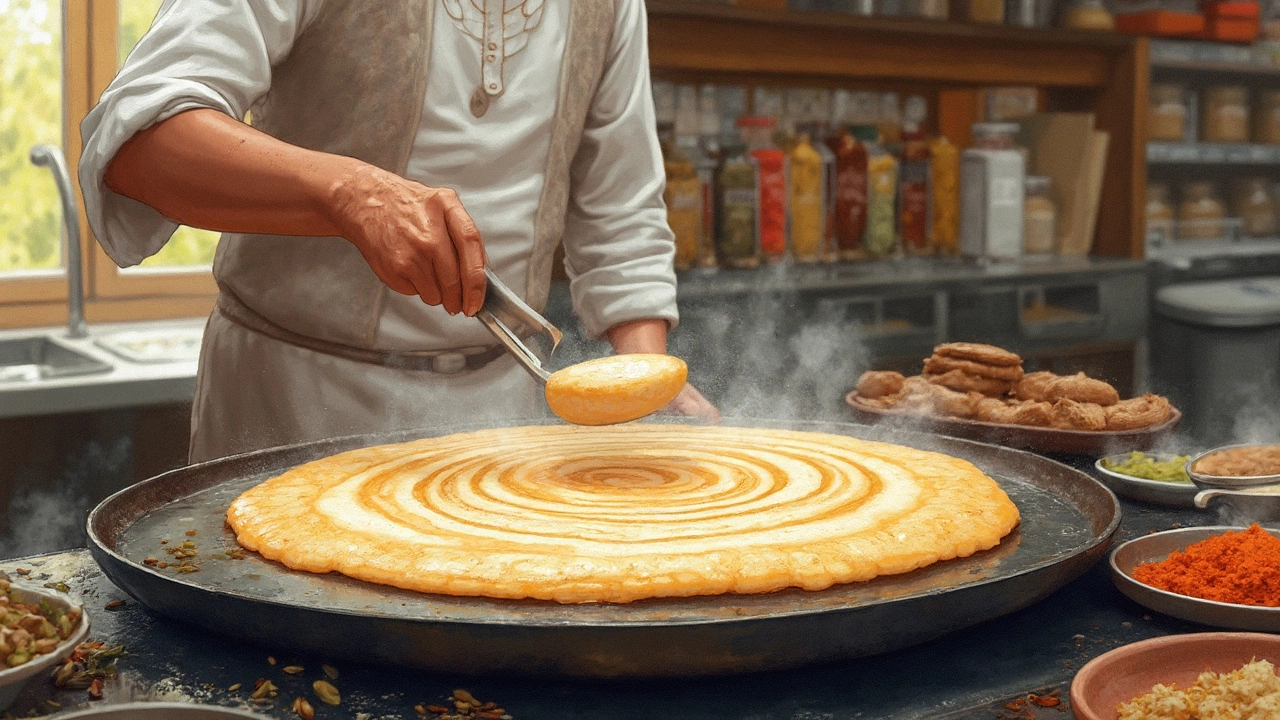
Fermentation: The Secret to Fluffiness
Alright, let’s dig into the magic of fermentation, the unsung hero behind achieving that fluffy dosa. Fermentation isn’t just some food science mumbo jumbo; it's a pivotal step that impacts the texture, flavor, and even the nutritional value of your dosas.
First off, it’s all about timing and temperature. Ideally, you want to let your dosa batter sit for about 8 to 12 hours. But don't just go by the clock; go by the look! You're aiming for the batter to almost double in volume. That's when you know those friendly bacteria have done their job. The warm climate in Cape Town is great for this, but if you’re somewhere cooler, your kitchen might need some tips on how to heat things up!
Another pro tip: when you're leaving your batter out to ferment, keep it in a large enough container to prevent any overflow. Been there, done that, and trust me, it’s not fun cleaning up batter that’s creeped all over the counter.
Also, here’s a little-known stat: did you know that adding a teaspoon of sugar can sometimes boost fermentation? It’s like giving your batter a snack to chew on, speeding up its growth spurt.
Now, if your batter refuses to puff up despite all this, it might be the water or salt ratio. Too much salt can inhibit bacterial action, so keep it minimal before fermenting. You can always adjust the salt when you're ready to cook.
Fermentation might seem tricky at first, but once you nail it, your dosas will be soft and airy. And who doesn’t want that?
Common Mistakes in Dosa Batter Preparation
Alright, let's get into the nitty-gritty of why your dosa batter might not be showing its fluffiest side. First off, improper measurements can be a sneaky culprit. The golden ratio usually hovers around 3 parts rice to 1 part urad dal. Deviate too much, and you'll either get a batter that’s too thick or one that's not sticky enough to hold together.
Grinding technique is another game-changer. Always aim for a fine yet slightly gritty texture—think smooth, but with a bit of grip. Over-grinding can turn your batter into a paste, which is not fun to work with. On the flip side, leaving it too coarse won’t let the dosa spread out nicely on the pan.
Temperature plays a big role in fermentation. If it’s too cold, the natural yeasts won’t activate, leaving you with a flat, dense batter. If things aren't warming up fast enough in your neck of the woods, try setting the batter bowl near your stove while you cook. Tap into that cozy heat!
Water is another tricky factor. If you add too much at once, you can inadvertently drown the batter’s rising ability. Eyeball it instead of going all-in at once. It’s easier to add a splash more than to try to thicken up a soupy mix.
Last but not least, cleanliness counts. Residues from previous batches or left-behind soap in your grinding jar can disrupt fermentation and spoil the batch. Always clean up properly before you start fresh.
- Check your rice-to-dal ratio.
- Watch the grinding texture.
- Keep an eye on the fermenting temperature.
- Gradually add water for consistency.
- Ensure your equipment is squeaky clean.
Fixing these little hiccups can make a world of difference. Once you nail these, those fluffy, golden-brown dosas will be yours for the taking!

Practical Tips for Perfect Dosa Batter
Alright, let's take your dosa batter to the next level with some straightforward tweaks. First off, your ingredient choice matters more than you think. Aim for aged rice and split urad dal, as they seem to ferment better than the fresh stuff. Go for a 3:1 or 4:1 ratio of rice to dal—it’s a sweet spot for many dosa enthusiasts.
Now, grinding: don’t rush it. A wet grinder can work wonders compared to a regular blender. Aim for a smooth yet slightly coarse texture for the rice and surprisingly smooth for the dal. It’s this combination that gives your dosa the ideal texture. Remember, fluffy dosa needs well-ground ingredients.
Temperature plays a big role too. After grinding, your batter needs warmth, like it’s on a mini holiday. Keep it covered, in a cozy spot. In Cape Town's chilly winters, wrapping the container with a blanket helps.
Want a pro tip? Add a handful of cooked rice or a teaspoon of fenugreek seeds before grinding to fast-track fermentation. Many swear it's the secret to a fluffy dosa without much effort!
Also, check the water content. Aim for a pancake-like batter consistency. Not too runny, not too stiff. Over time, you'll develop an eye for it.
Lastly, if you're up for experimenting, here's a small table that can guide your additions:
| Ingredient | Function | Notes |
|---|---|---|
| Fenugreek seeds | Helps fermentation | Use sparingly |
| Cooked rice | Adds softness | Improves texture |
| Sugar | Boosts fermentation | Optional |
These subtle changes can make your dosa dreams come true. Give them a whirl, and let’s ditch those flat, sad dosas for good!
- Poplular Tags
- dosa batter
- fluffy dosa
- dosa recipe
- cooking mistakes





